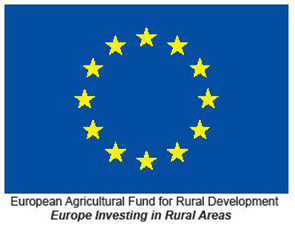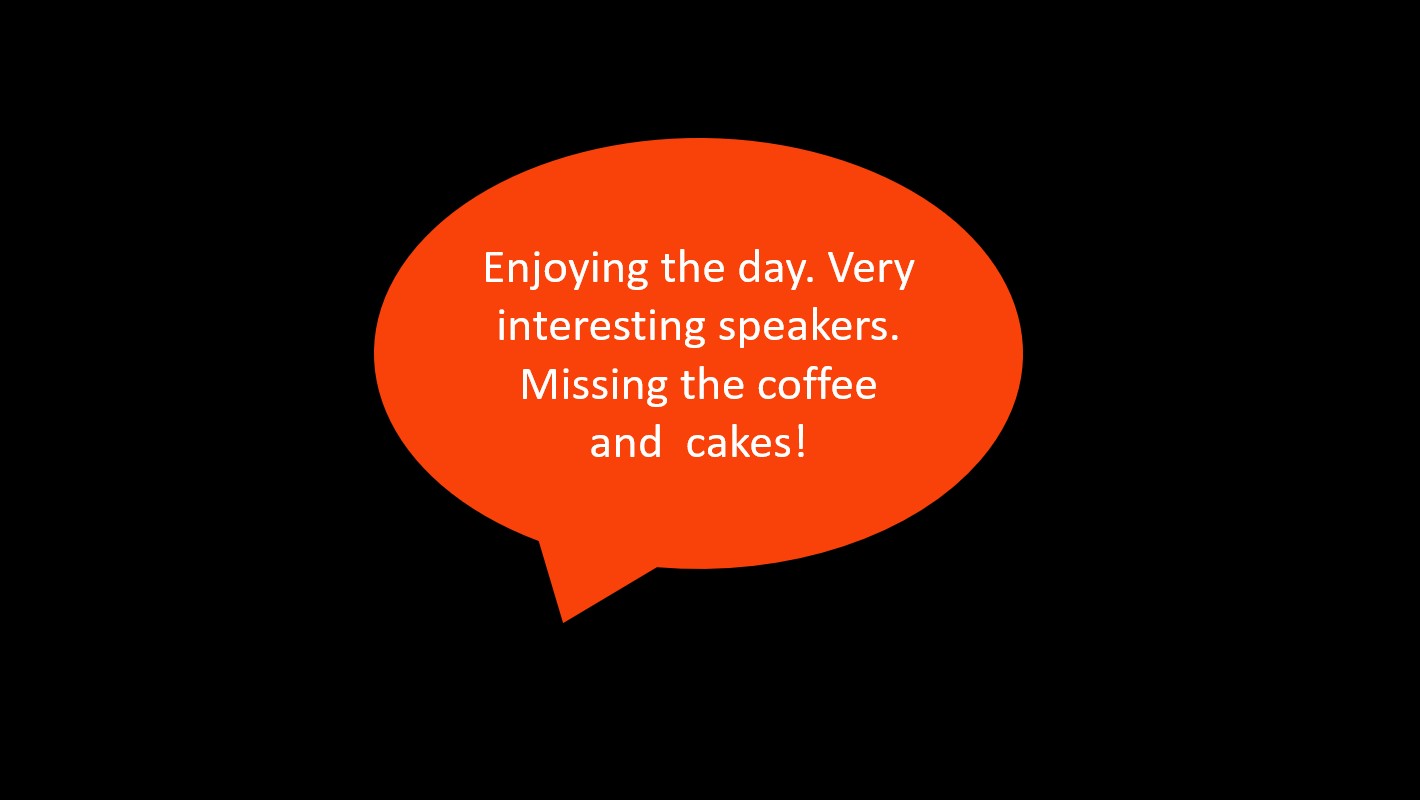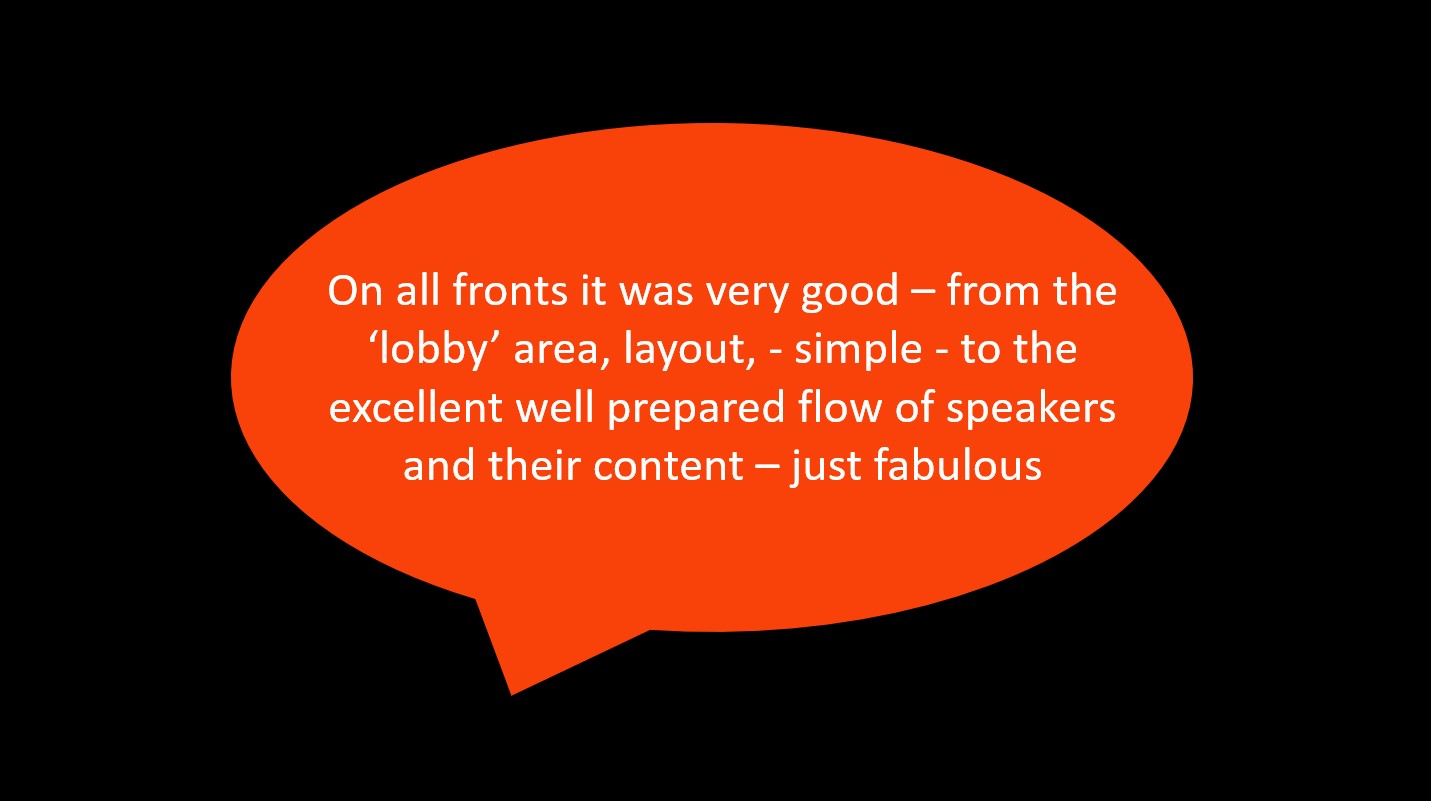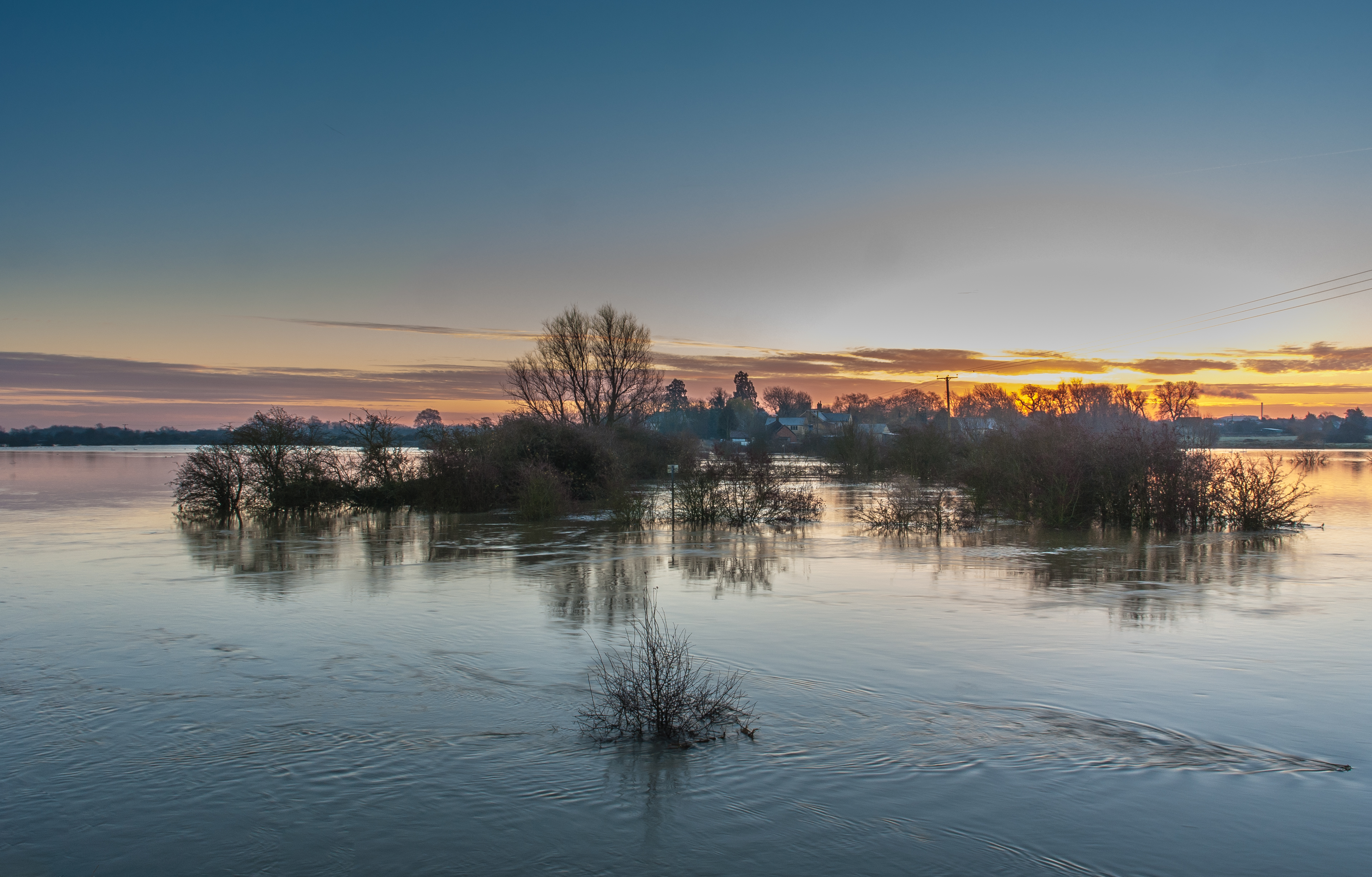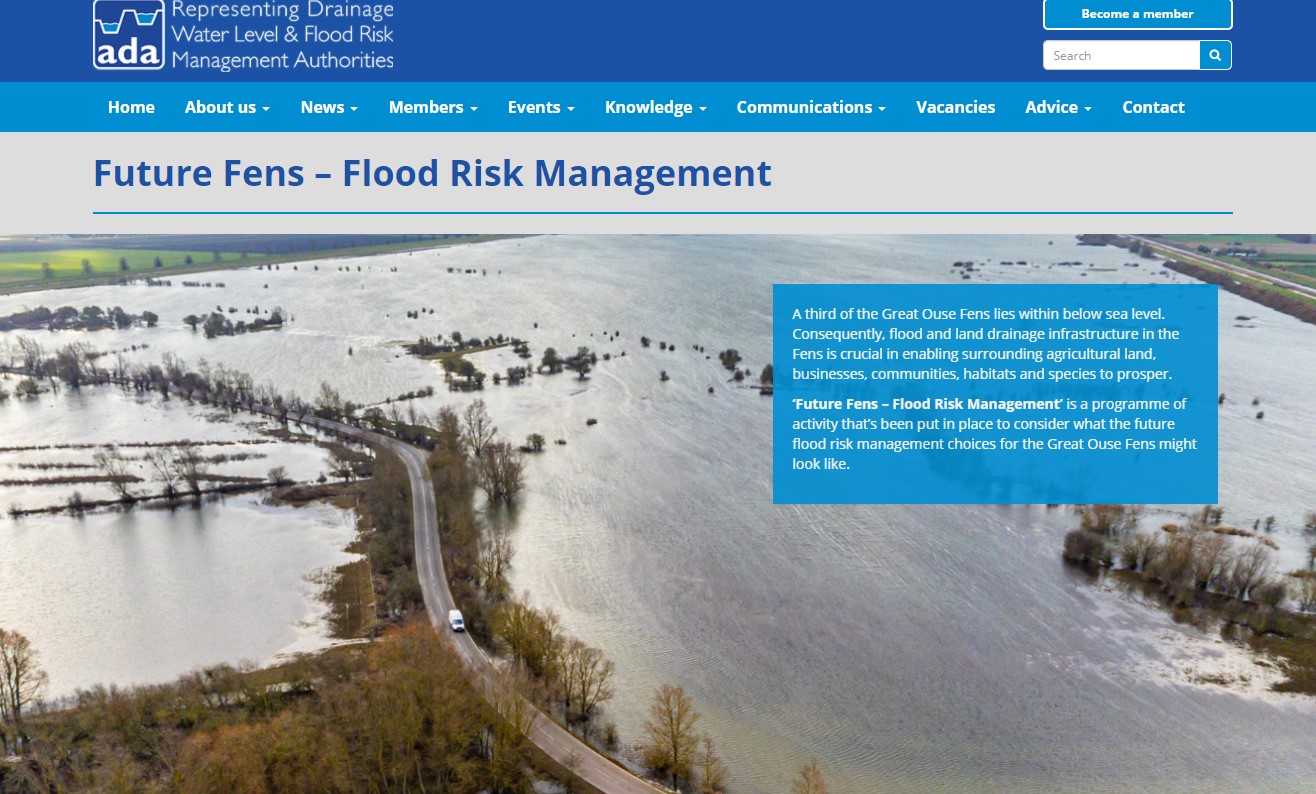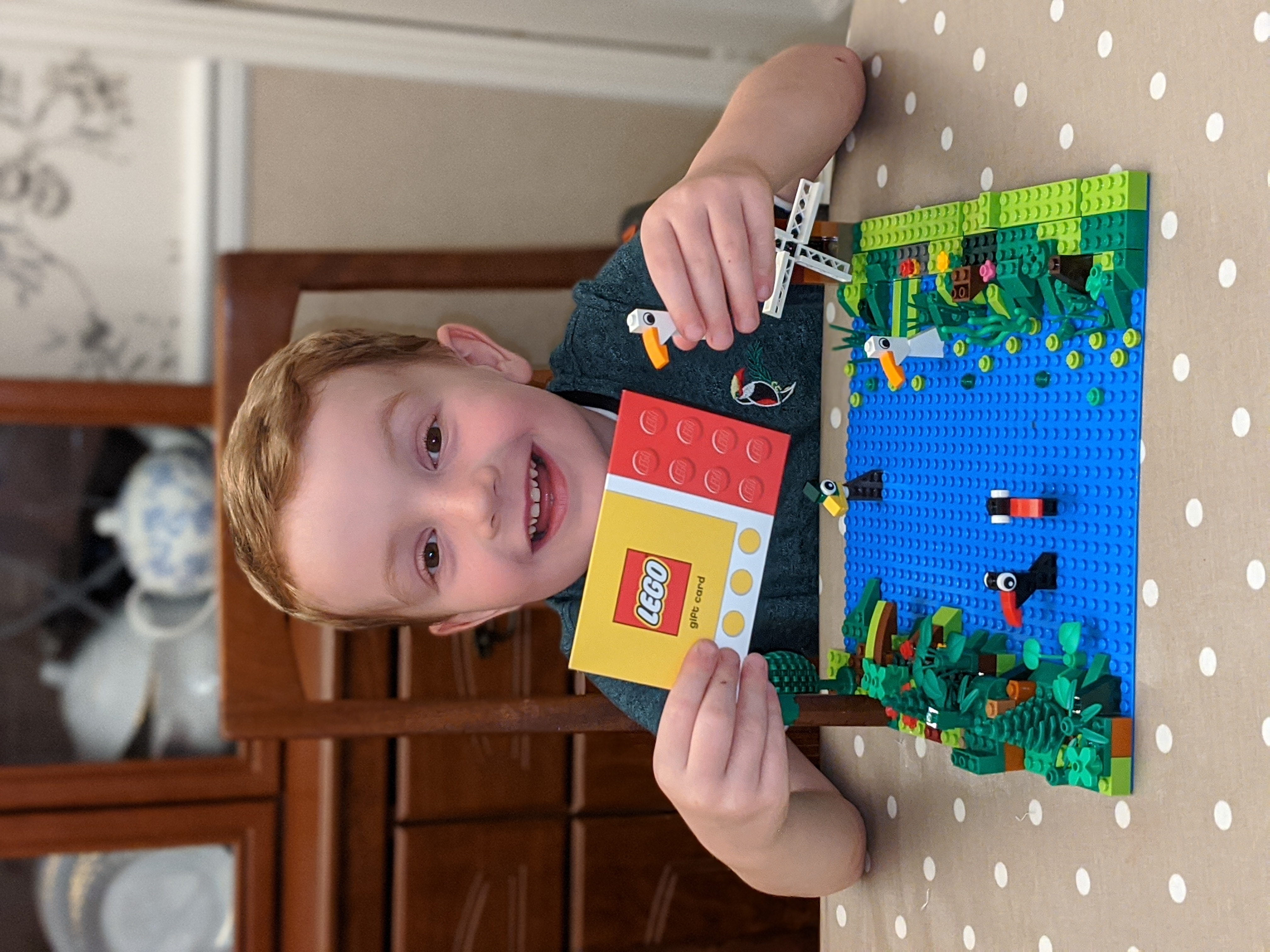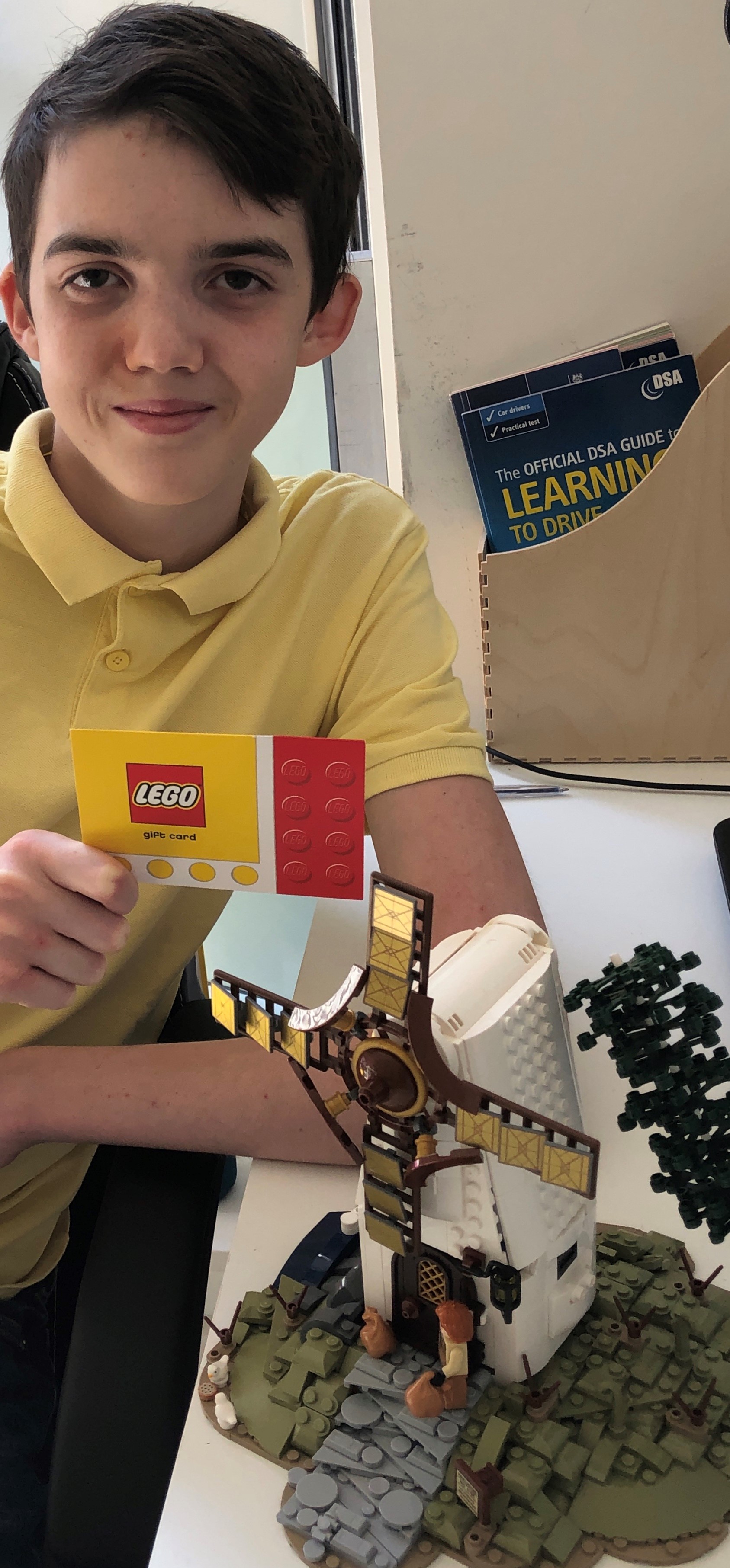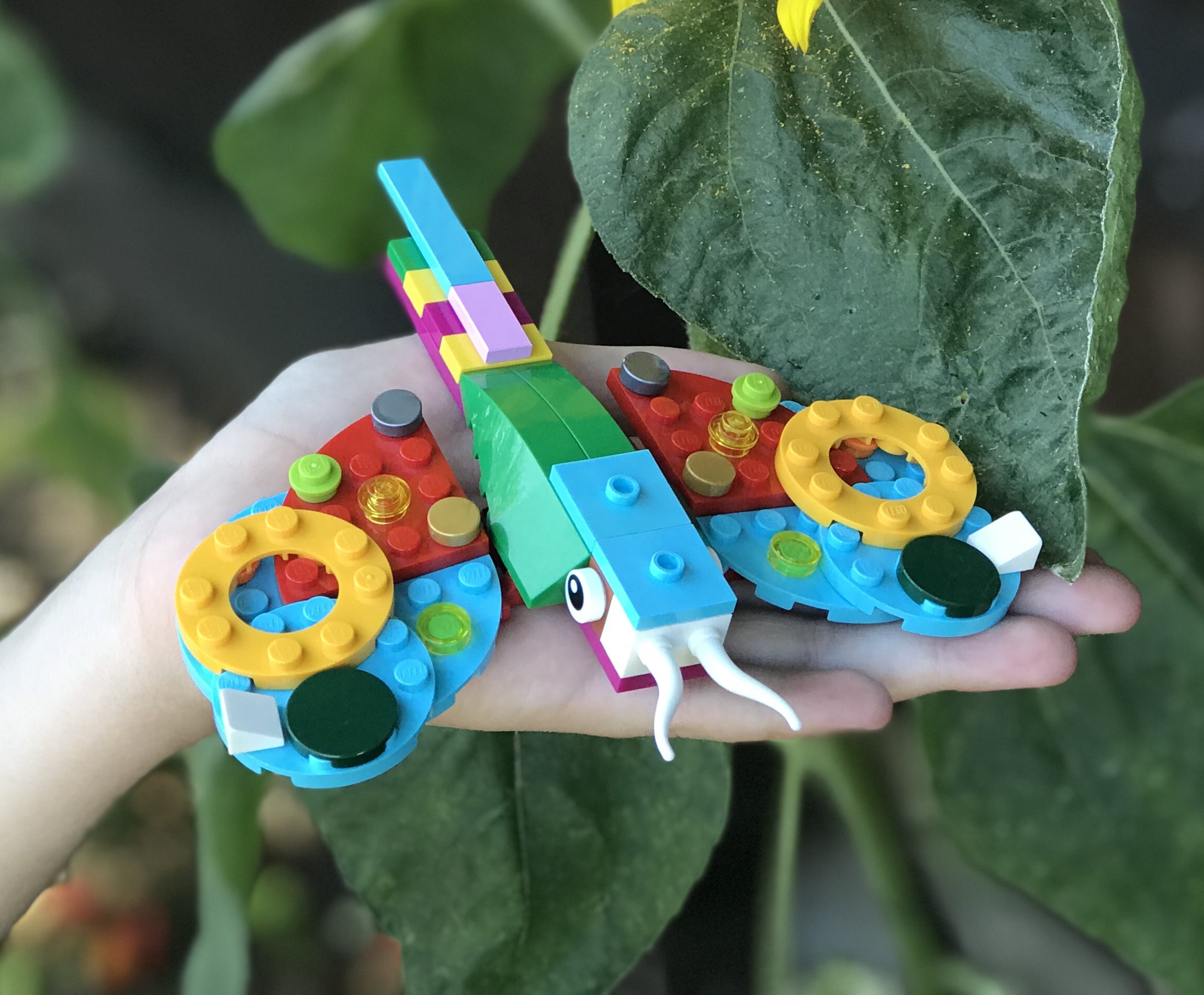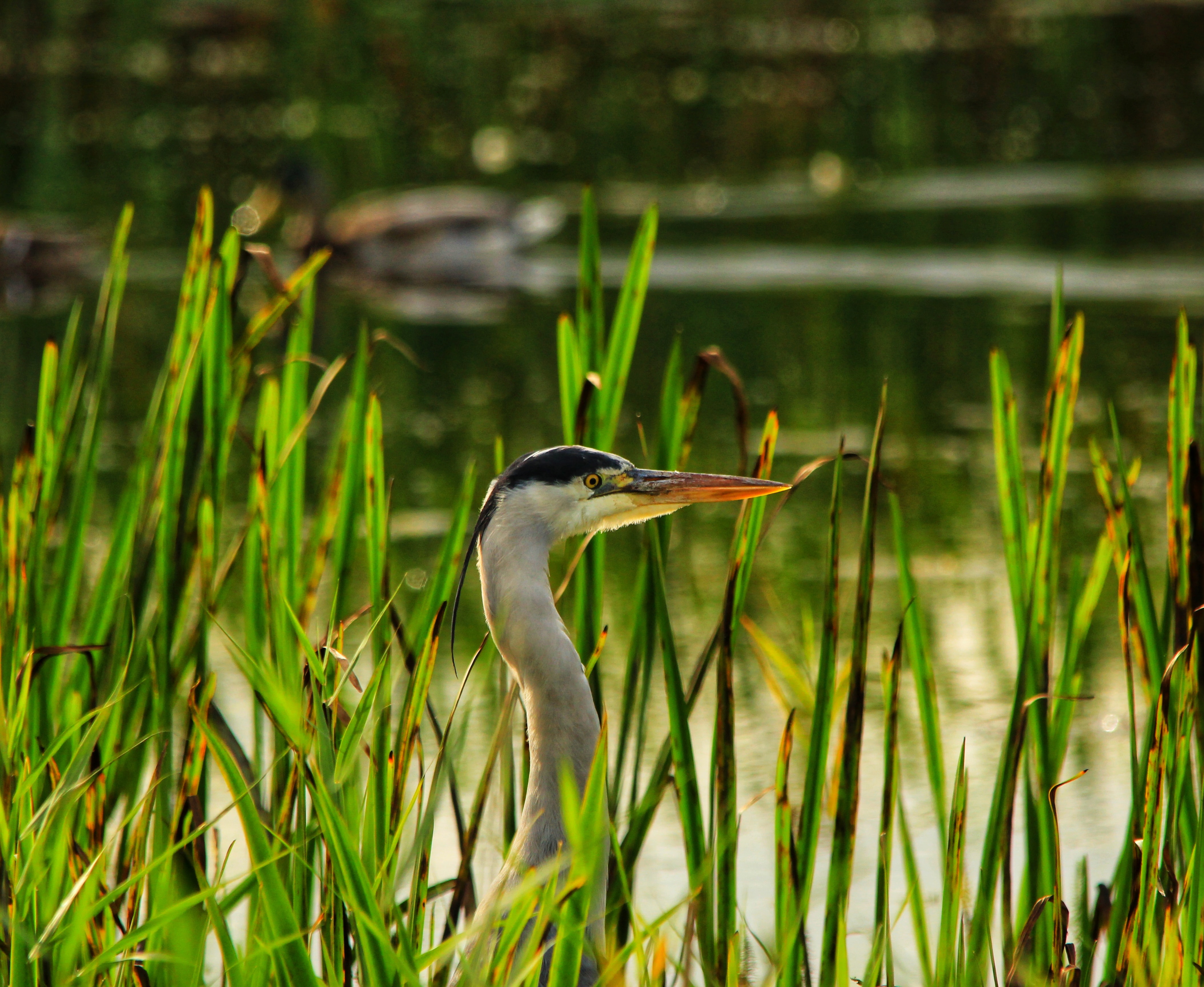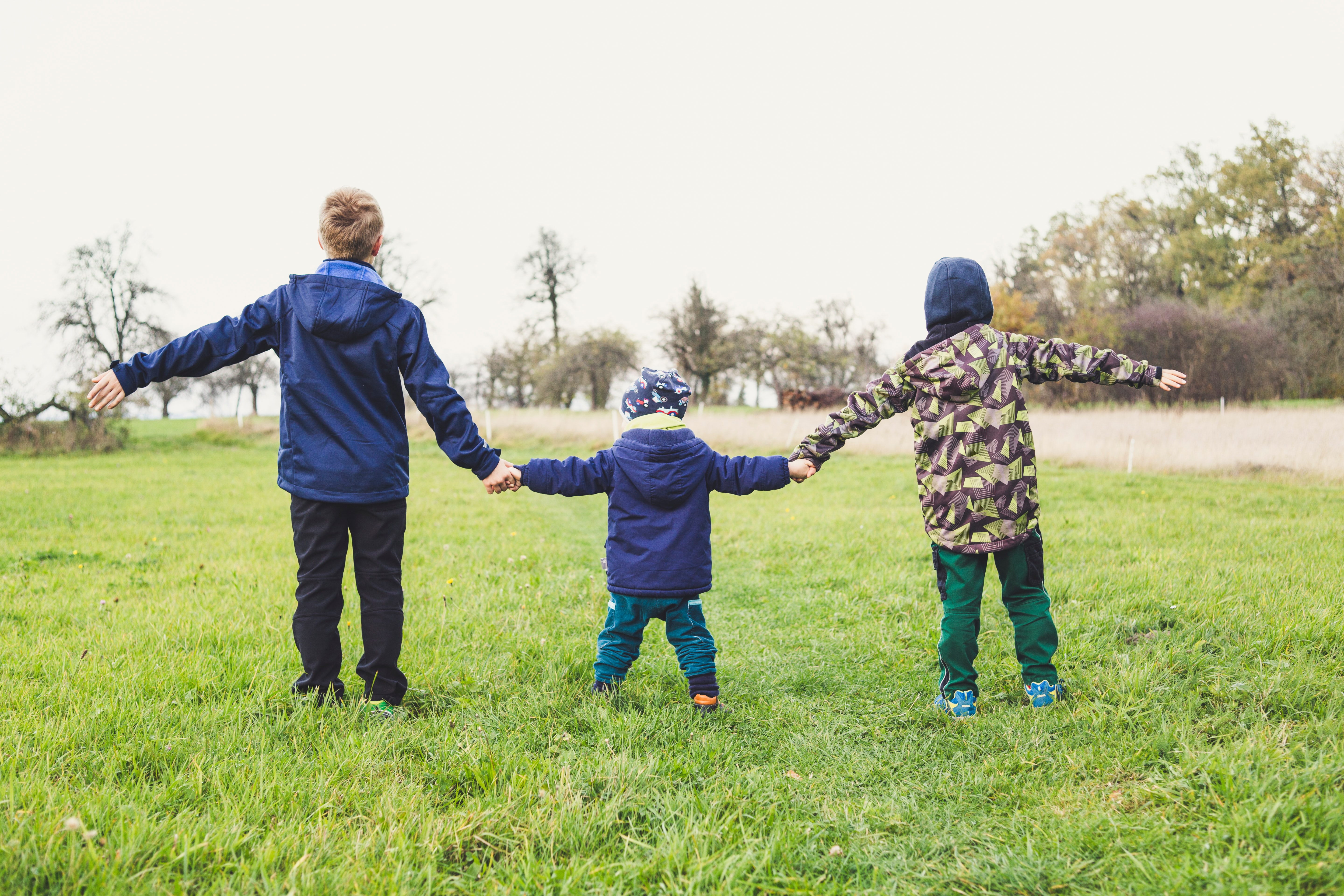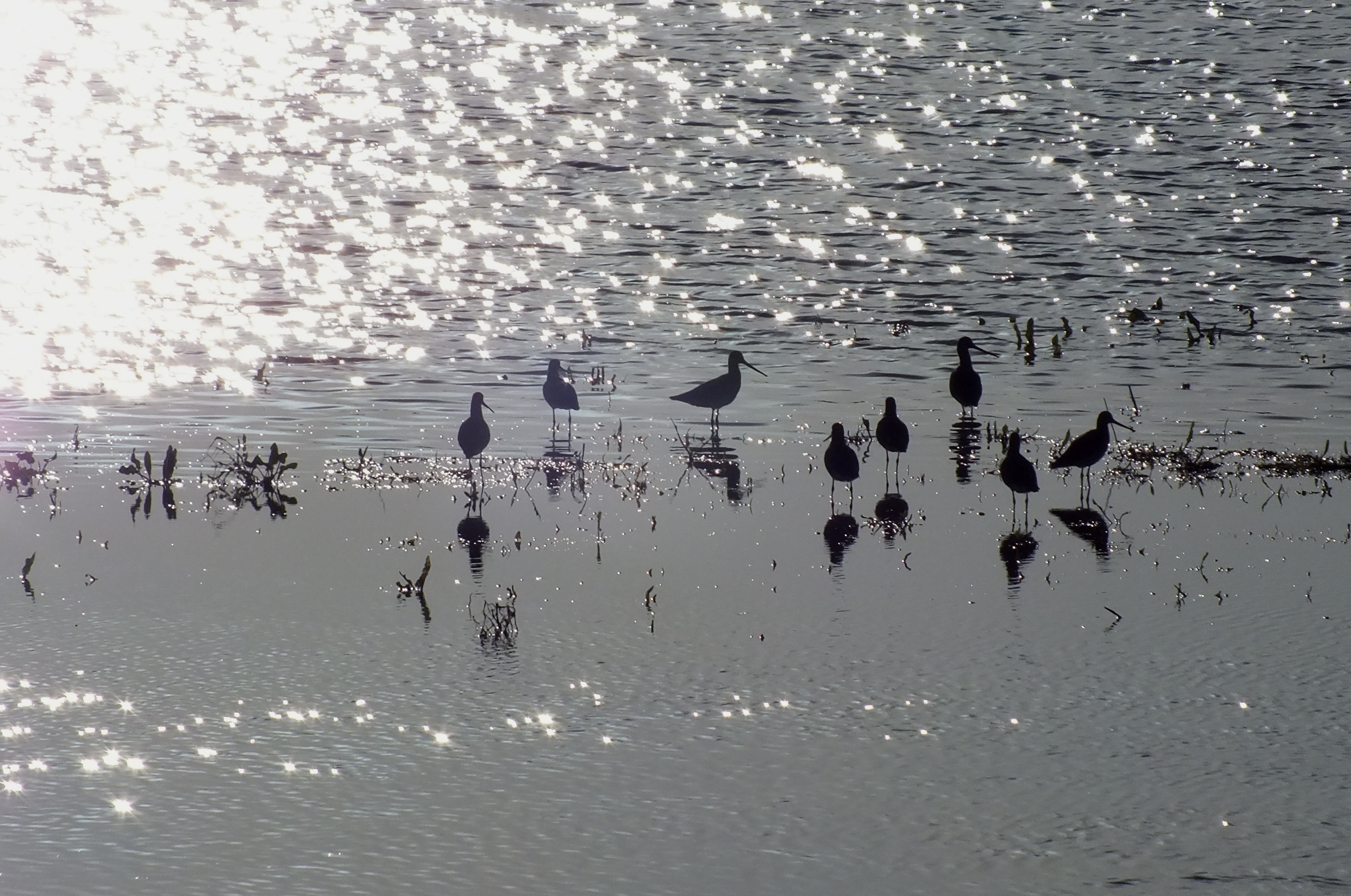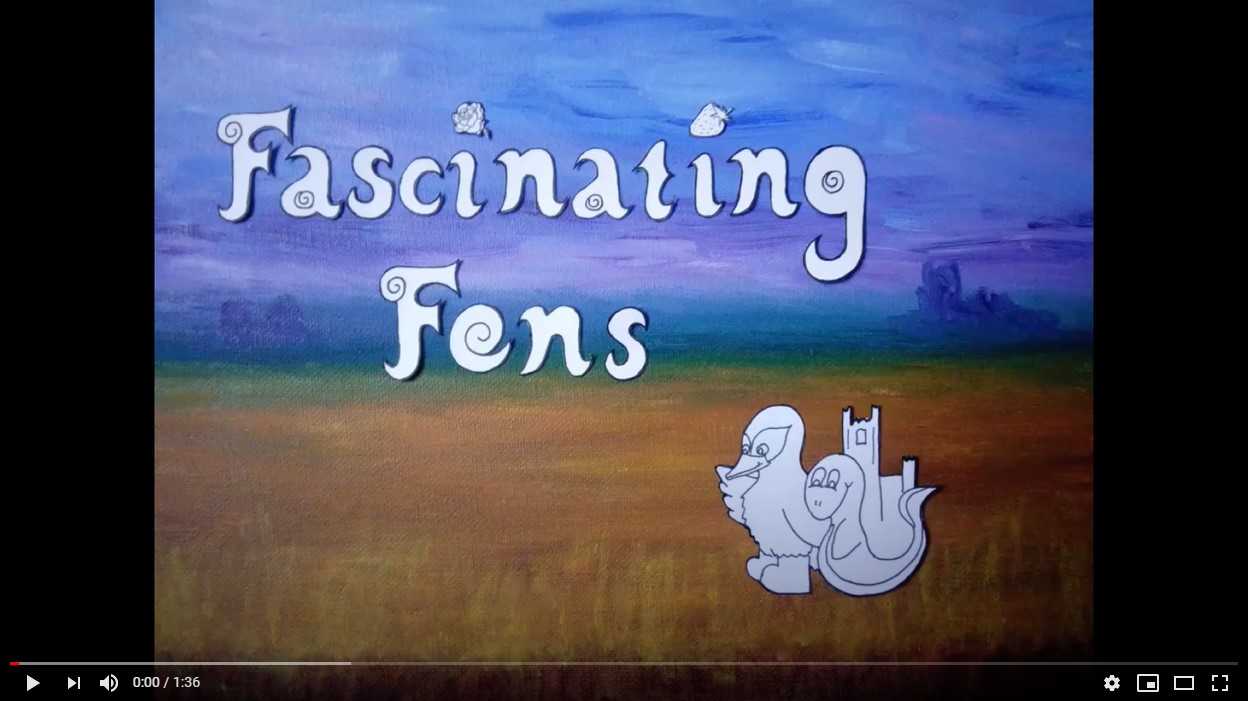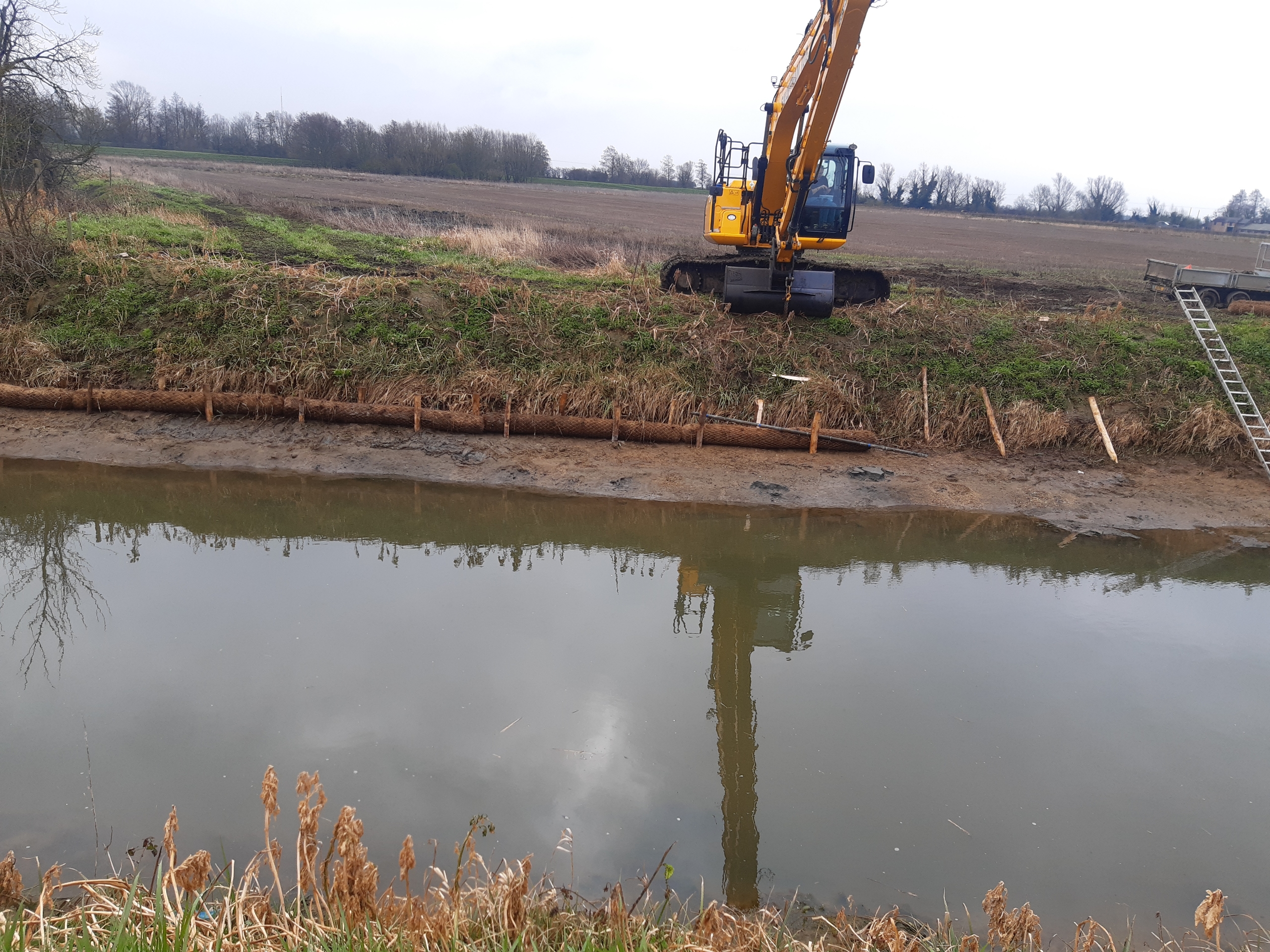
This Spring, Ely IDB (Internal Drainage Board) contracted Waterbeach/Old West IDB to install just under 1 km of pre-planted coir rolls along the eastern bank of the Engine Drain in Willow Grange Farm, Chittering.
This work was funded by the European Agricultural Fund for Rural Development via the Environment Agency and Cambridgeshire ACRE.
The plants in the coir rolls will help to prevent soil run off, improve water quality, increase bank stability and improve biodiversity.
The rolls were ordered Autumn 20, planted up February 21, and the first delivery was late March 21 with installation taking place in April 21.
Sharing the lessons learnt:
- The pre-planted coir rolls need to be ordered the summer before installation to give the plants a chance to grow and for their roots to bed into the coir. We were unable to do this and lost a lot of plants in transit as they were not well established enough to be moved. The suppliers (WLMS Solutions) came and replaced the missing plants in situ.
- Stakes: need to be strong and at least half width to withstand the force and volume of the water in the drain and be able to take the force needed to hammer them into ballast/gravel. It was decided to use 4 stakes/roll rather than the usual 3 stakes for added safety. This also meant using more wire to secure them. The wire was fastened to the stakes using staples.
- It is important to get the installation equipment delivered before the rolls so that everything is in place and there will be no delays to installation due to a lack of supplies.
- The rolls need to be taken out of their nursery beds at the suppliers about 4 days before transporting so they can dry out and be light enough to transport, sudden changes to delivery dates are not possible.
- Well established plants in rolls can wait happily for a few days before being installed, smaller plants needed watering ( a scoop of water from the drain using a digger bucket)
- Once installed into the drain the the plants started growth rapidly – this was helped by warm sunny mid-April.
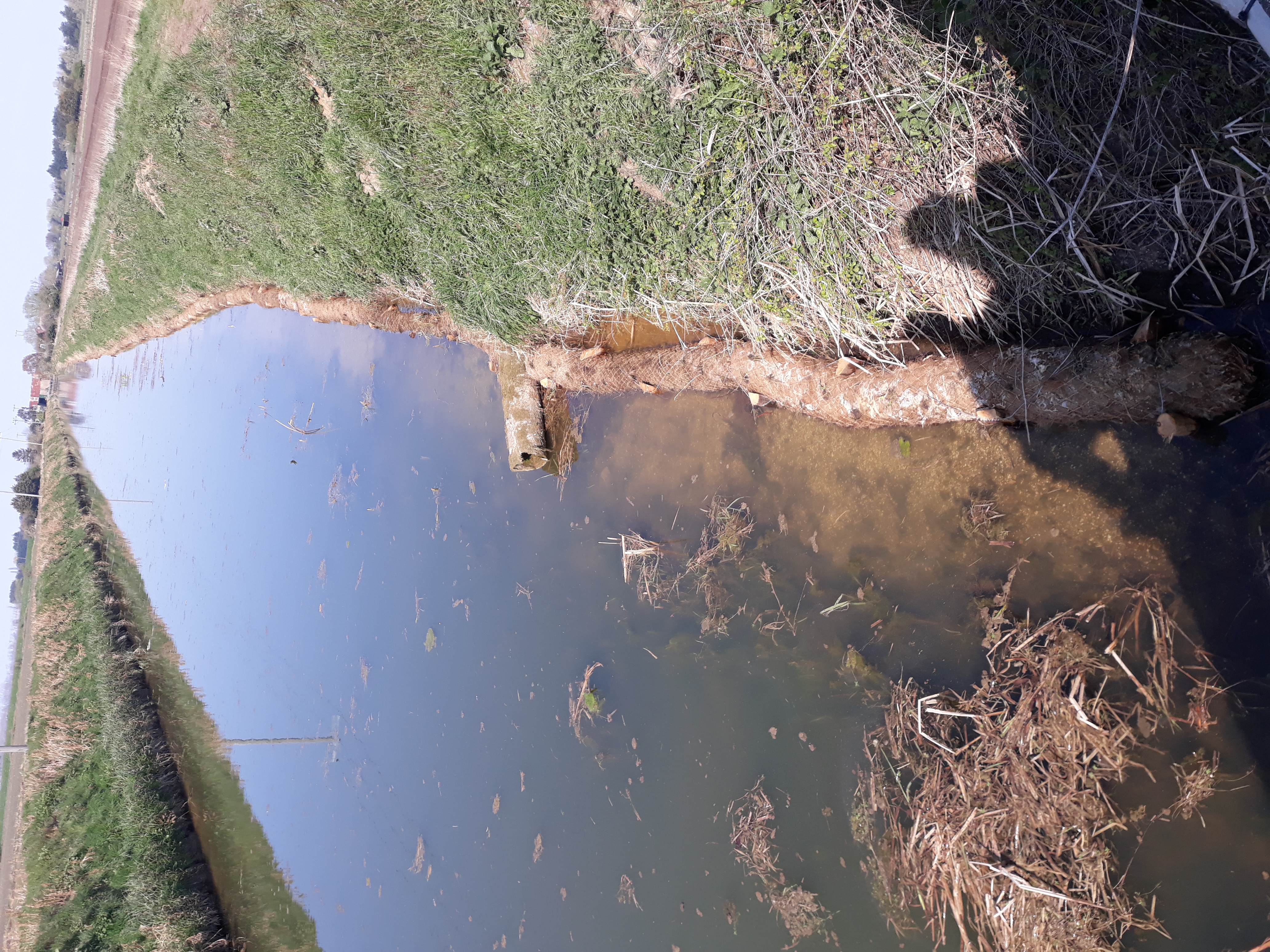
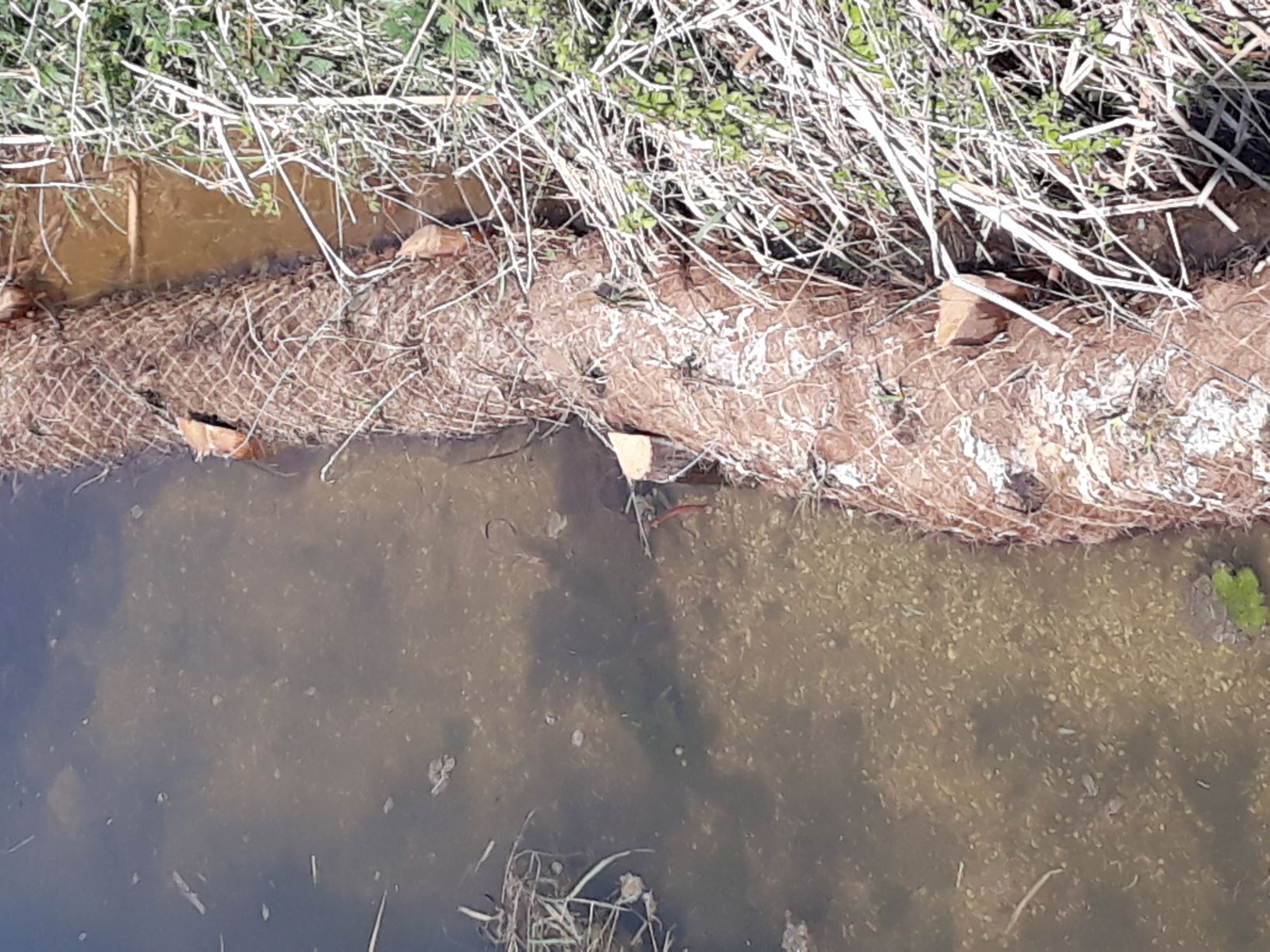
This experience will be used again, next Spring when we will plant more rolls in another drain and there will be a landowner/farmers event in September 21 to look at the rolls and plants once they have grown and talk to the IDB, suppliers and farmer ( for more details about this event contact rachael.brown@cambsacre.org.uk.)
A big thanks to Fiona Dunne – farmer, Willow Grange Farm and Jeremy Saddler, Waterbeach/Old West IDB.
